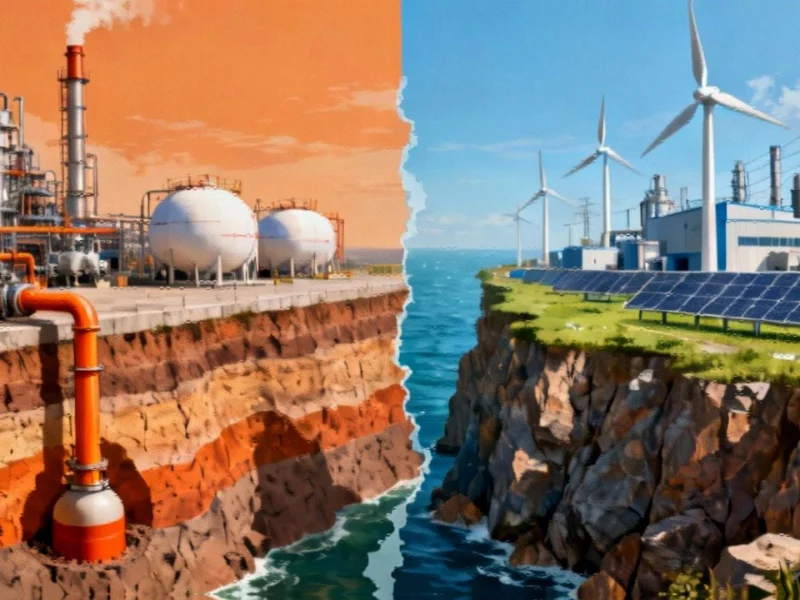The Genesis of a Global Environmental Policy
Extended Producer Responsibility (EPR) represents one of the most transformative environmental policies of the past three decades, fundamentally altering how industries approach product design and waste management. The concept first emerged in 1990 through Swedish academic Thomas Lindhqvist, who both proposed and named the framework. As Reid Lifset, who collaborated with Lindhqvist shortly after its conception, explains: “I’ve been doing this for over 30 years. My great claim to fame is that he said recently that I invented the acronym… not the idea, just the abbreviation.”, according to industry experts
Table of Contents
Core Principles and Dual Motivations
At its essence, EPR assigns responsibility for products at their end-of-life stage to the original manufacturers. This strategic shift addresses two critical environmental challenges simultaneously. First, it creates powerful economic incentives for producers to redesign products and packaging with environmental considerations in mind. By making items more recyclable, companies can significantly reduce their recycling costs while advancing related environmental goals such as source reduction and refillable systems.
Second, EPR alleviates the financial burden on local governments for waste management, though this benefit has become more prominent over time than it was in the initial conception. As Lifset notes, “It would relieve local governments of some of the cost of managing waste, although that wasn’t as prominent a motivation at the beginning as it is now.”, according to related coverage
Global Implementation and Expansion
The policy found its first practical application in Germany’s 1991 Packaging Ordinance, establishing a blueprint that would soon spread across continents and product categories. What began with packaging quickly expanded to encompass waste from electrical and electronic equipment (e-waste), followed by batteries, mattresses, gas canisters, furniture, and numerous other product streams., according to industry experts
Today, EPR stands as a cornerstone of European environmental strategy and has achieved significant penetration across East Asian markets including Japan, Korea, and Taiwan. China has implemented EPR for e-waste and is preparing to extend it to packaging, while Canada has extensively adopted the framework across multiple provinces and product categories.
Transforming Industrial Design and Material Selection
The most profound impact of EPR lies in how it has reshaped manufacturing priorities and material innovation. Companies facing extended responsibility for their products’ end-of-life have fundamentally reconsidered:
- Material composition: Shifting toward mono-materials and easily separable components
- Design for disassembly: Creating products that can be easily taken apart for recycling
- Chemical selection: Avoiding hazardous substances that complicate recycling
- Circular systems: Developing take-back programs and refurbishment capabilities
This has catalyzed innovation in biodegradable polymers, advanced recycling technologies, and modular product architectures that support repair and component recovery., as detailed analysis
The Future Trajectory of Producer Responsibility
As EPR continues to evolve, several emerging trends suggest its influence will only deepen. Digital product passports, advanced recycling infrastructure, and international harmonization of standards are creating new opportunities for manufacturers to meet their extended responsibilities efficiently. The framework is increasingly integrated with carbon accounting and circular economy metrics, positioning EPR not just as a waste management tool but as a comprehensive sustainability driver.
For industrial leaders, understanding and adapting to EPR frameworks has become essential for maintaining competitive advantage while meeting growing environmental expectations from regulators, consumers, and investors alike.
Related Articles You May Find Interesting
- The AI Campus Revolution: How Universities Are Navigating the New Educational Fr
- Harnessing AI and Biosurfactants: A Breakthrough in Sustainable Cancer Therapy D
- How Gold Nanoparticles Disrupt AKT1 Signaling Pathways: A Molecular Dynamics Per
- Advanced Nickel Oxide Composites Show Promise for Clean Energy and Storage Appli
- Beyond Casimir Forces: Uncovering the Mystery of Micrometer-Scale Attraction in
This article aggregates information from publicly available sources. All trademarks and copyrights belong to their respective owners.
Note: Featured image is for illustrative purposes only and does not represent any specific product, service, or entity mentioned in this article.



